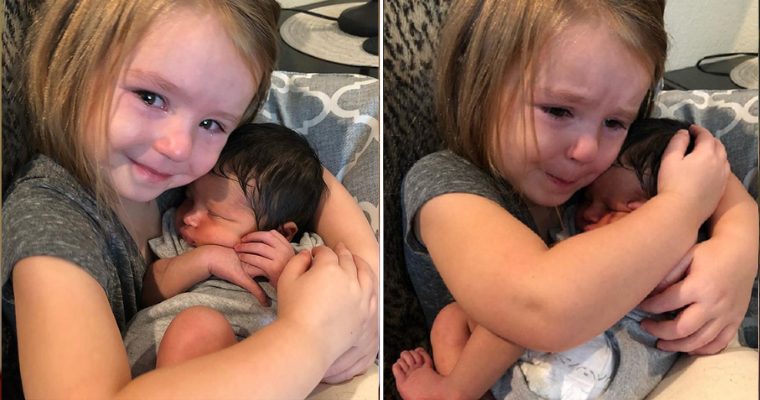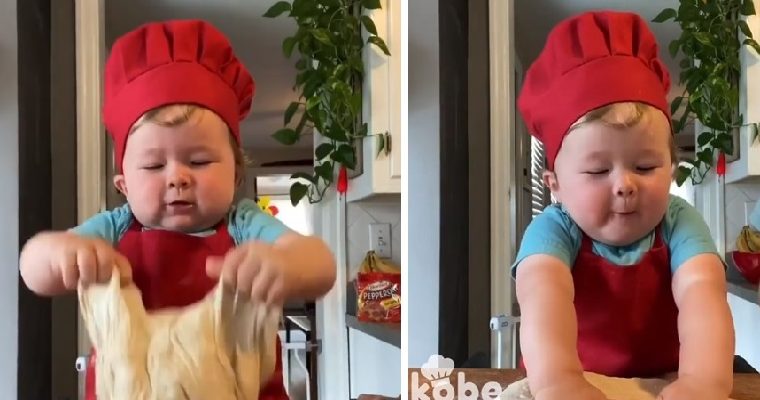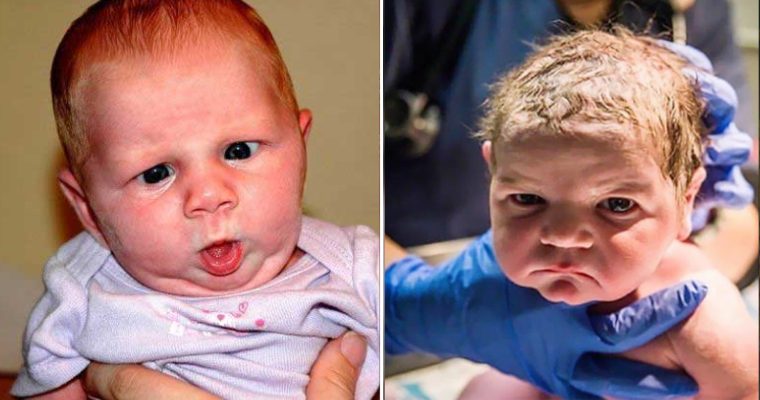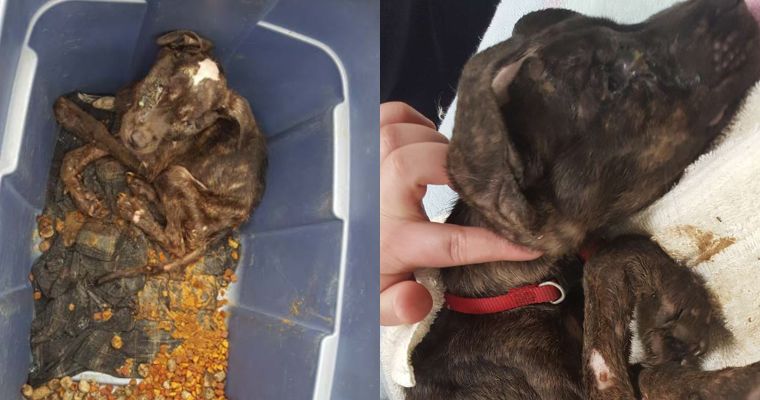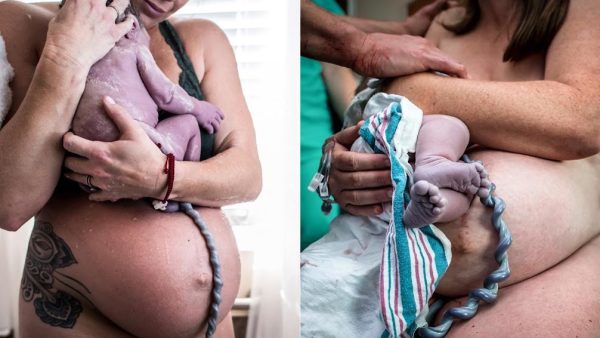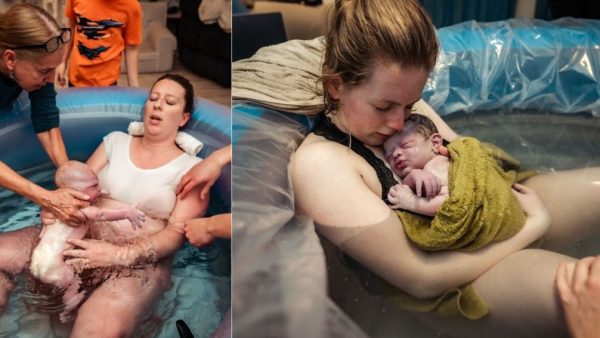Doctors estimate that identical, spontaneous quadruplet births occur in 1 in 11 million or 1 in 15 million births.

Jenny Marr and her husband Chris Marr had no idea what they were in for when they went to her first ultrasound exam. It was their first pregnancy and they were going through all the nervousness of first-time parents when Jenny noticed a strange look had crossed her doctor’s face. She immediately jumped to the worst conclusions and worried that something might be wrong with her child. However, when she asked Dr. Lauren Murray if there was a problem with the baby, the answer she received was one Jenny and Chris had absolutely not seen coming.
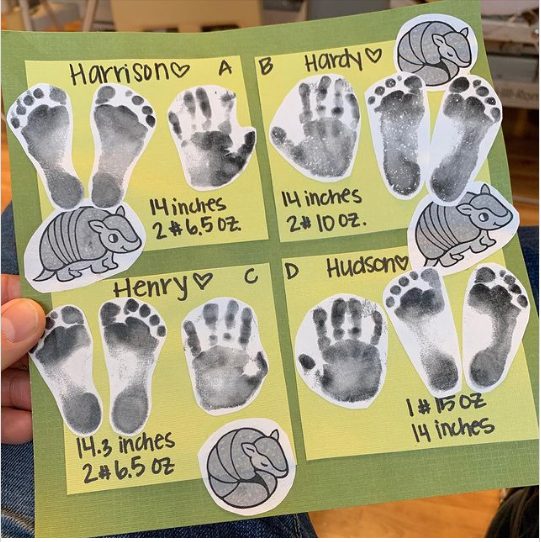
“I was like, ‘Oh no, there’s no heartbeat.’ And, she’s like, ‘No, there is a heartbeat,'” the 35-year-old from Dallas told TODAY. “She goes, ‘Y’all, there’s three babies in there.’ And we were just absolutely floored.” As far as the couple knew, the chances of them having multiples were extremely slim since they were both single children and didn’t have a history of multiple births in their families. But the surprises just kept coming as, a week later on November 19, 2019, a visit to a maternal-fetal medicine specialist for a follow-up appointment revealed that their family was going to be even bigger.
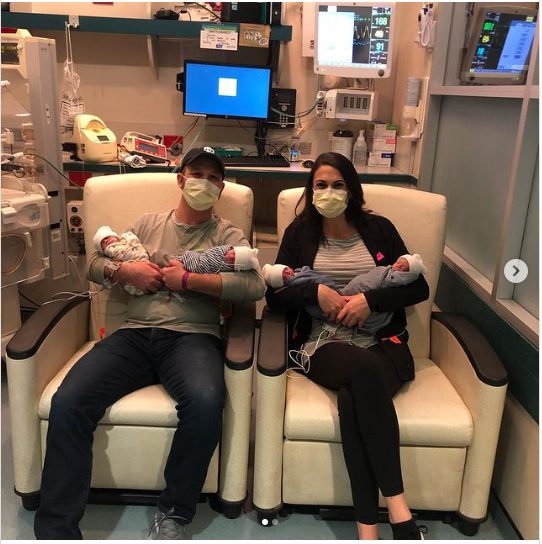
“The tech — who was doing the initial (scan) — she gave me a funny look. We were like, ‘Oh what’s going on now?’ We got worried again. She was really cute. She said, ‘I’m not supposed to say this, but y’all got four babies,'” Chris recounted. “I made the joke that I am not coming back because there are going to be five babies next time. We were just shocked. Jumping from three to four was easier to swallow. Just after that, we heard they were healthy.” The first-time parents couldn’t believe they were about to welcome identical, spontaneous quadruplets into their family.
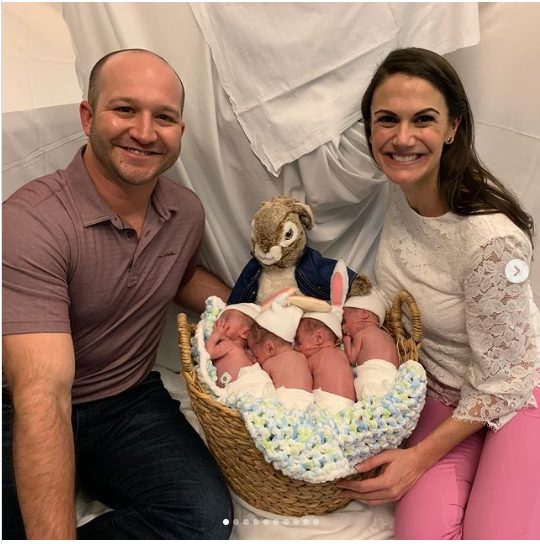
The occurrence of identical, spontaneous quadruplets is so rare that it’s hard for doctors to even know how often it has occurred. Dr. Murray and her colleagues’ did some digging around and found a mere 72 cases of it in published literature. They estimate that identical, spontaneous quadruplet births occur in 1 in 11 million or 1 in 15 million births. “It’s unbelievable. It’ll never happen again in my career. I said, ‘Girl, go buy a few lottery tickets because those are the kind of odds we’re dealing with.’ What a miracle it was,” noted Murray, an OB-GYN at Texas Health Presbyterian Hospital Dallas.
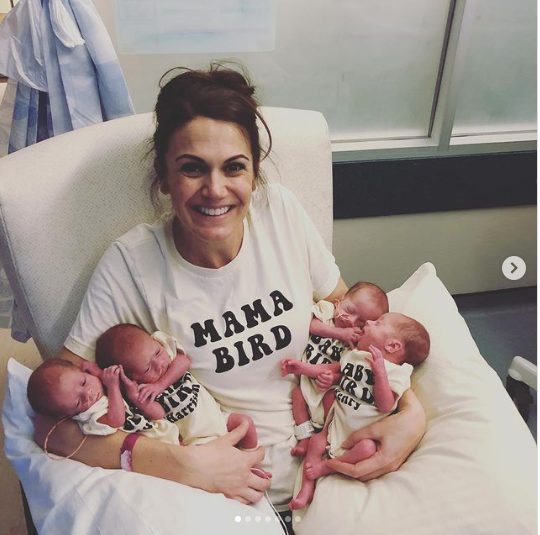
However, the pregnancy came with its share of complications as it was revealed that all four babies shared one placenta. They all relied on that placenta for their nourishment, which meant that unless the infants shared well, one or more of them might be in danger. “The risk was that one of the babies can develop stronger and basically take away from the other babies,” Chris explained. Doctors warned the couple that Jenny might require surgery to address the concern but reassured the couple that they would address issues if they arose.
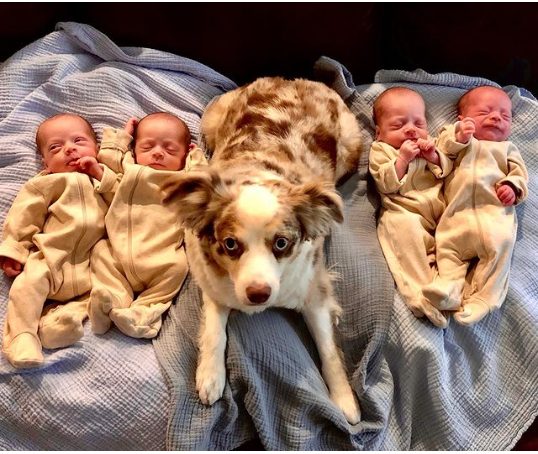
“The babies shared incredibly well. There were no incidents on the sonogram even leading up to that where we were worried that one of them, or two or three of them, would be significantly smaller,” Murray revealed. And then came the coronavirus outbreak which prompted hospitals across the country to change their policies and Jenny experiencing labor pains right in the middle of it at 28.5 weeks of pregnancy. The couple worried about how the pandemic would impact their delivery and treatment. “For the first time (during my pregnancy) I anticipated the worst. Maybe we were going to have sick babies and they were going to be in the NICU,” Jenny explained.
Fortunately, her cesarean section delivery went well and Chris and Jenny’s mom watched in awe as doctors pulled baby after baby out on March 15. Harrison Foy, Henry William, Hudson Perry, and Hardy Smith Marr were born in a span of three minutes. Harrison—who came first—weighed 2 pounds 6 ounces, followed by Hardy weighing 2 pounds 10 ounces, and then Henry who was 2 pounds 6.7 ounces, and last came Hudson at 1 pound 15 ounces. “We called them our baby birds because they really looked like baby birds,” said the proud mom.
All four brothers stayed in the neonatal intensive care unit for about 10 weeks. The Marrs brought their sons home in early May and have since been juggling the feedings, which happen every three hours and take at least an hour to feed all of them. “They each have little bitty characteristics. When we sit down and look at them we can figure out who they are but if you just look at them from a distance, they all look the same,” said Chris. “Thank God, Hudson’s a little smaller than everybody else and quieter.”
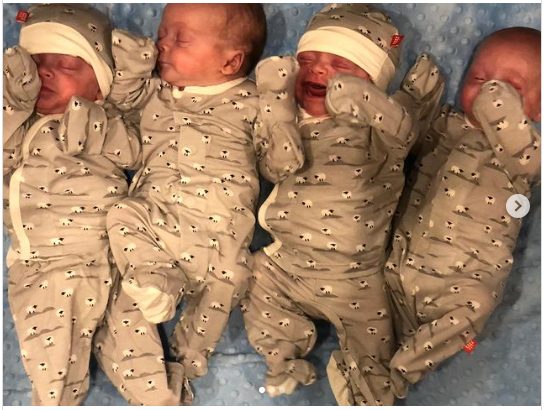
The couple is grateful to be able to stay home and spend time with their sons during the quarantine as it has helped their family grow closer. “It was a very surreal time and it’s one of those things that we will probably look back on in a couple of years, hopefully, when everything’s back to normal like, ‘Wow that was crazy,'” said Chris. Jenny agreed, adding: “We just hope that this little story and our boys bring as much joy to everybody as they bring to us.”



